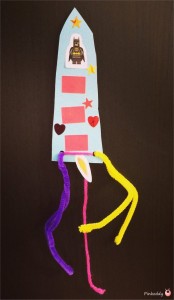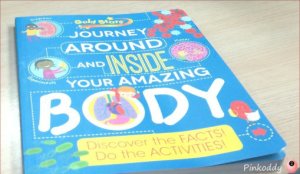 Gold Stars Journey Around and Inside Your Amazing Body is a fantastic educational but fun book. I think a book like this is beneficial to my Sensory Seeker as it helps him make sense of his World, and of his self. It is very visual with lots of facts, puzzles and things to do throughout. There are bite-sized points to remember, fun facts, and quizzes to help consolidate the information. The book is really well structured and has a clear contents, glossary and answer page.
Gold Stars Journey Around and Inside Your Amazing Body is a fantastic educational but fun book. I think a book like this is beneficial to my Sensory Seeker as it helps him make sense of his World, and of his self. It is very visual with lots of facts, puzzles and things to do throughout. There are bite-sized points to remember, fun facts, and quizzes to help consolidate the information. The book is really well structured and has a clear contents, glossary and answer page.
Your Amazing Body – The Contents
The book contains everything you child could want to know about the body. The boys really liked the humorous touches such as the quiz on farts – Do boys fart more than girls? We read the book on a long train journey and it was nice to see that the book catered for all 3 of my youngest boys (ages 5, 7 and 11). We explored the body map and they were all able to point to where the different parts of the body were on their own bodies. When we moved onto the more complex nature of cells my 11 year old was able to expand on the information and tell his younger brothers what he had learnt about cells at school. It was great to hear him relay the information, and consolidate it, as well as building his confidence.
Your Amazing Body – Helping with Health
My Sensory Seeker has little awareness as to why he should eat properly, keep clean, cut his nails, etc, and so I feel that this book really helped with this. Again through colourful cartoon-type images I think it explained this. It started with different types of foods needed, and why; how to have a healthy dinner; the digestive system; the teeth; when food goes wrong; and how the food comes out of the body. There is later a section on hair and nails.
Your Amazing Body – Senses
The section on the nose then had a smell experiment. This may be useful to those sensory avoiders to help build up tolerances to smell, or fulfil the diet of the sensory seeker. This could also help determine which smells the child does and does not like. Tasty talks about the five different tastes picked up the taste buds (sour, salt, bitter and umami/savoury) – again this could be really helpful in determining which foods your child will and will not tolerate. Also I think the section on touch would be really useful to discuss any sensory issues.
My Verdict
The Journey Around and Inside Your Amazing Body is a fantastic book for introducing your children to their biology. There is a lot of information presented in a fun, appealing and interactive way, perfect for engaging children. I think it can be accessed by children of a variety of ages, abilities and would make a lasting resource. With plenty of opportunities to write and draw it was also very useful for fine motor development.
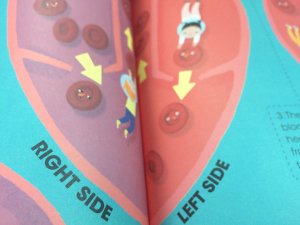 The only criticisms are that the page on the heart talks of the left and right side of the heart but the right side is on the page on the left, and vice a versa. As it is a Gold Stars book there was the assumption that there would have been Gold Star stickers which would have been nice.
The only criticisms are that the page on the heart talks of the left and right side of the heart but the right side is on the page on the left, and vice a versa. As it is a Gold Stars book there was the assumption that there would have been Gold Star stickers which would have been nice.
Parragon Books Ltd RRP £7.99
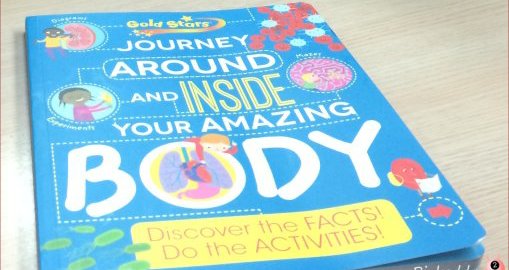

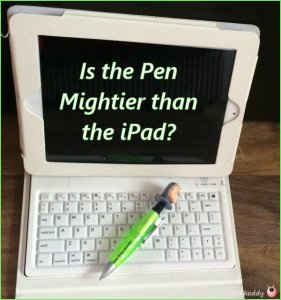
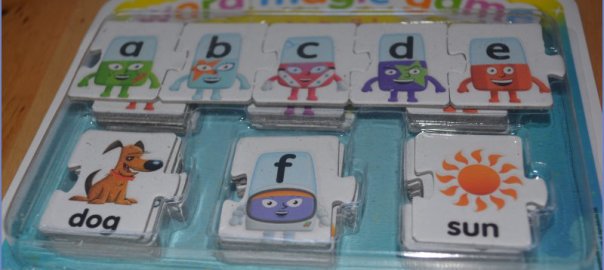
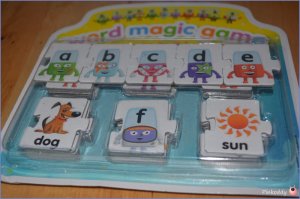 Our little Sensory Seeker is doing much better than we imagined at school but is still developmentally far behind his peers in many areas. In fact he only got one tick in the expected box at the end of the Reception year. Although we are not going to worry about it, it is always nice to hear of fun ways we can tap into the way he learns best and give him a helping hand. Therefore when I heard about how Alphablocks magazine had launched a multi-sensory
Our little Sensory Seeker is doing much better than we imagined at school but is still developmentally far behind his peers in many areas. In fact he only got one tick in the expected box at the end of the Reception year. Although we are not going to worry about it, it is always nice to hear of fun ways we can tap into the way he learns best and give him a helping hand. Therefore when I heard about how Alphablocks magazine had launched a multi-sensory 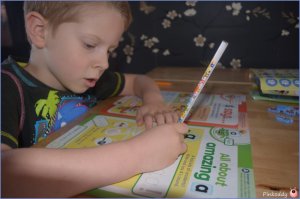 unsure then visit the website. They may also learn actions to accompany the sounds, to help them better remember. Our Sensory Seeker is in year 1 now as so already has amazed us by learning all his first sounds so this really helped developed his confidence. It made it less of a challenge to encourage him to practise writing these sounds too. Again this is organised progressively and I was able to stop and move onto the next letter when the task became too difficult for him.
unsure then visit the website. They may also learn actions to accompany the sounds, to help them better remember. Our Sensory Seeker is in year 1 now as so already has amazed us by learning all his first sounds so this really helped developed his confidence. It made it less of a challenge to encourage him to practise writing these sounds too. Again this is organised progressively and I was able to stop and move onto the next letter when the task became too difficult for him.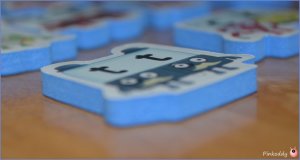 After the first 2 levels in pack 1, pack 2 moves onto Diagraphs. Diagraphs are when two letters make a team to form one sound – such as ch and sh. They can appear at the beginning, middle and/or end of a word. For example when you think of the word “church” it starts with a “ch” sound not a “c” “h.”
After the first 2 levels in pack 1, pack 2 moves onto Diagraphs. Diagraphs are when two letters make a team to form one sound – such as ch and sh. They can appear at the beginning, middle and/or end of a word. For example when you think of the word “church” it starts with a “ch” sound not a “c” “h.”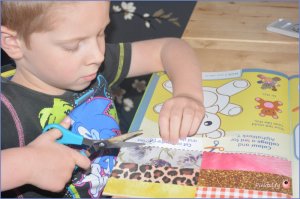 tactile, stickers to help develop his hands – obviously writing and drawing practise, cutting and gluing – all good for fine motor skills. I liked how it is very much focused on fun and that it can be done at our Sensory Seeker’s own pace. It is so straight-forward that many different members of the family have been able to engage him into the activities and games. It was also easy to adapt – we used some bubble wrap to pop when on the popping balloons activity (good for fine motor and tactile stimulation). I like how the resources include the diagraphs, and hope that the next pack has trigraphs (sounds made with 3 letters).
tactile, stickers to help develop his hands – obviously writing and drawing practise, cutting and gluing – all good for fine motor skills. I liked how it is very much focused on fun and that it can be done at our Sensory Seeker’s own pace. It is so straight-forward that many different members of the family have been able to engage him into the activities and games. It was also easy to adapt – we used some bubble wrap to pop when on the popping balloons activity (good for fine motor and tactile stimulation). I like how the resources include the diagraphs, and hope that the next pack has trigraphs (sounds made with 3 letters).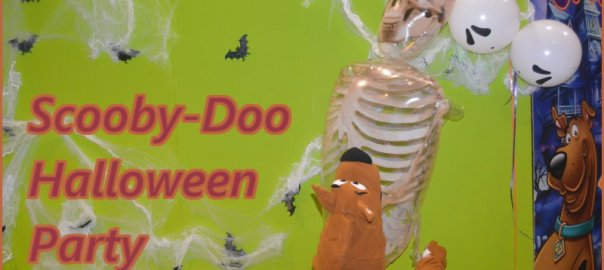
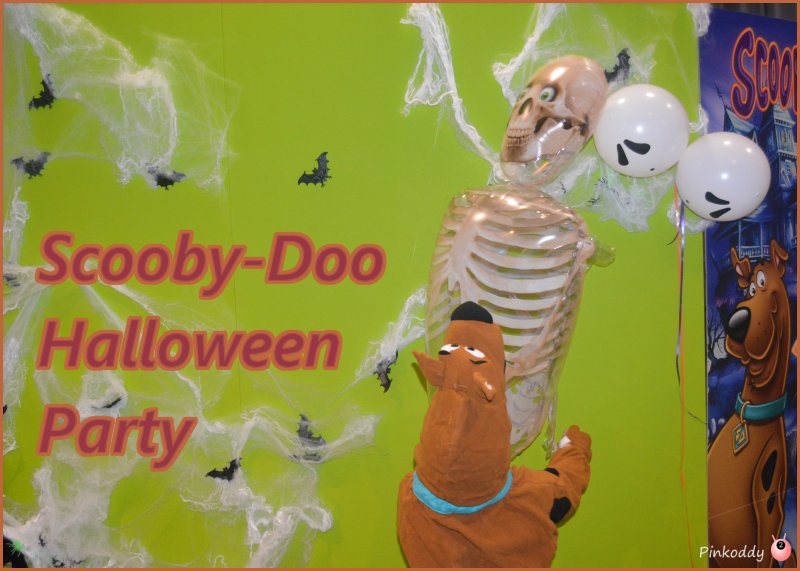
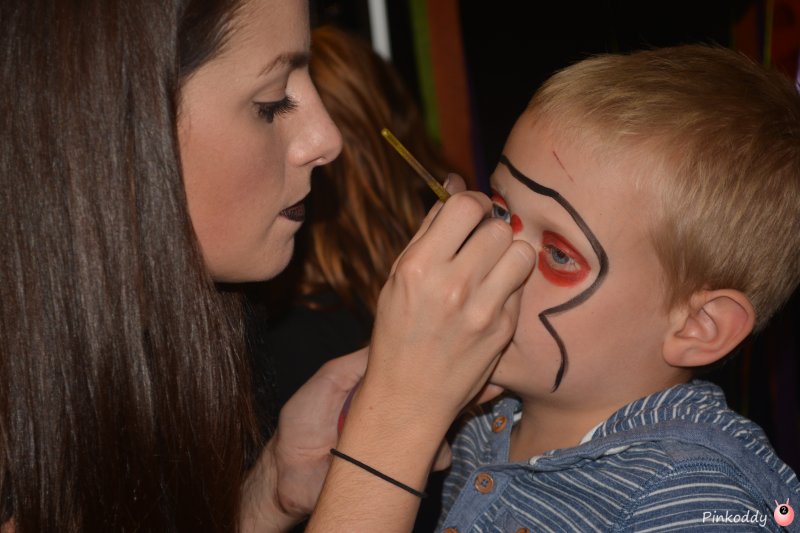
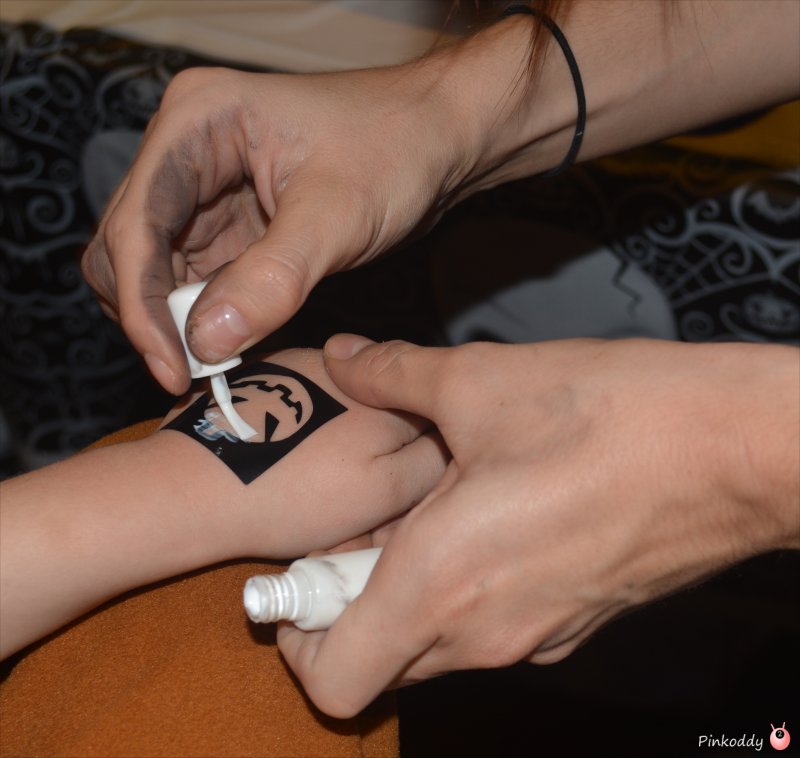
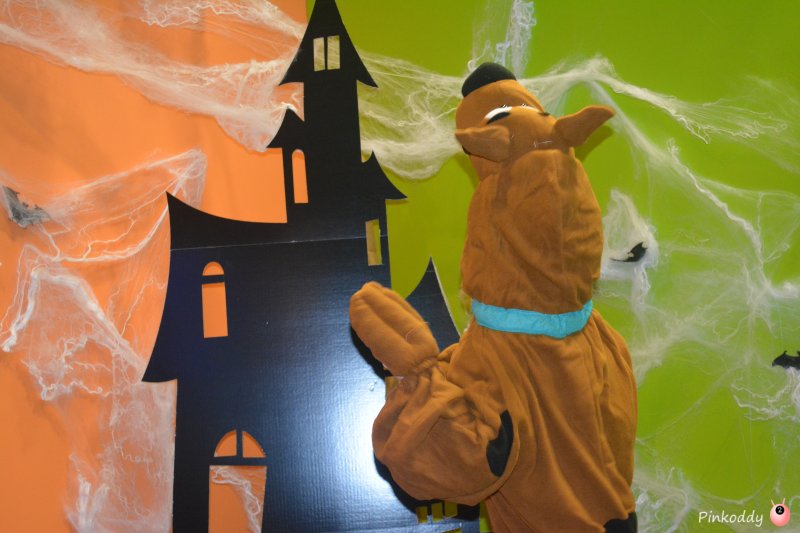
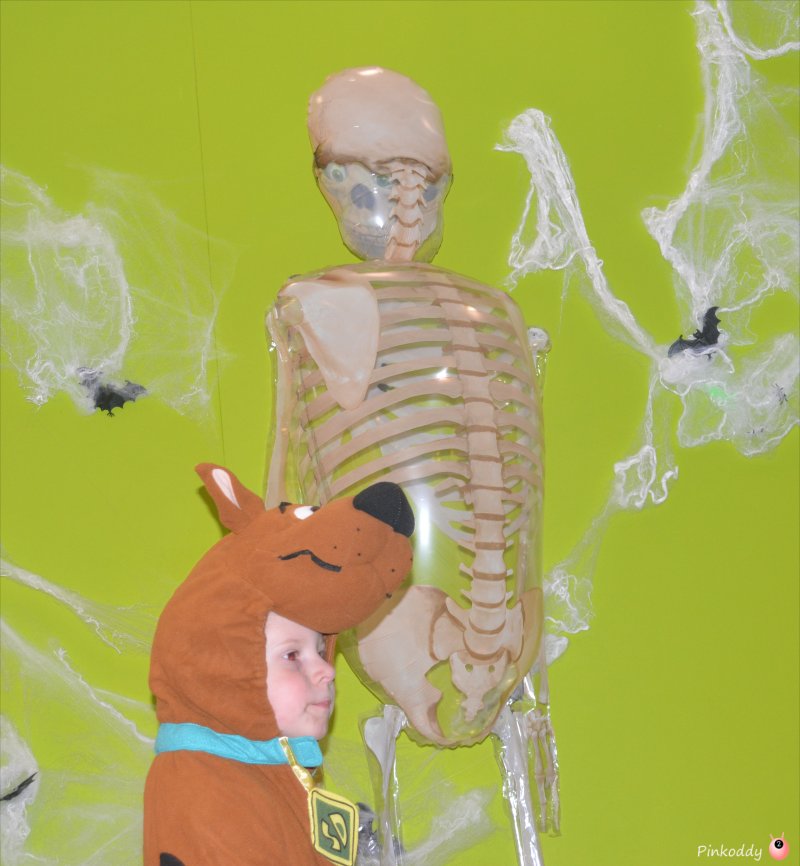
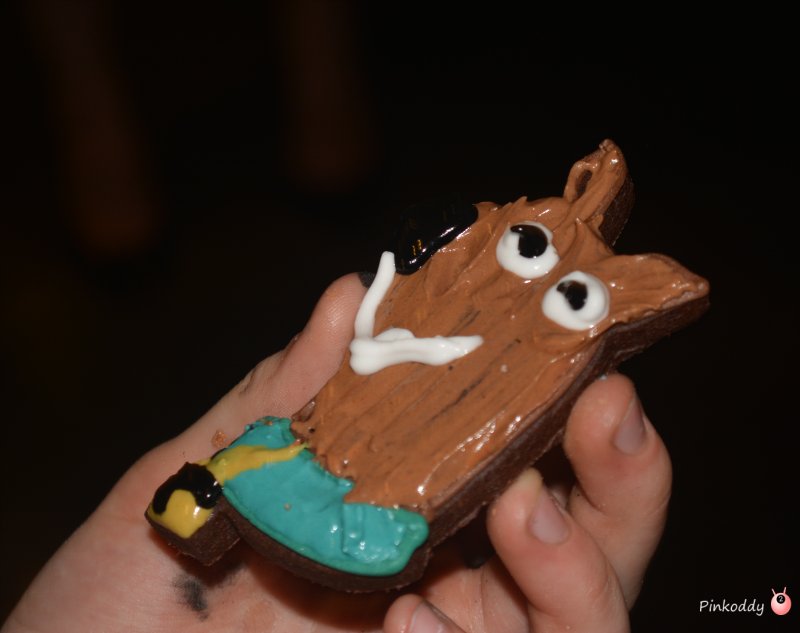
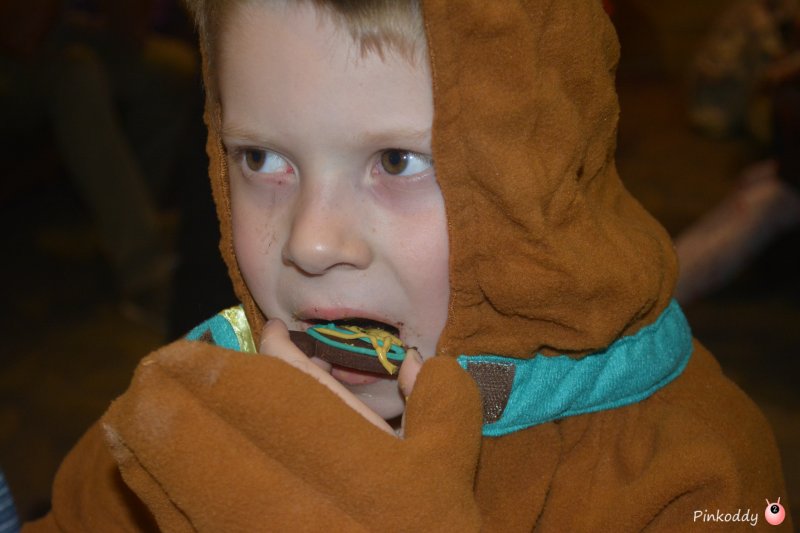
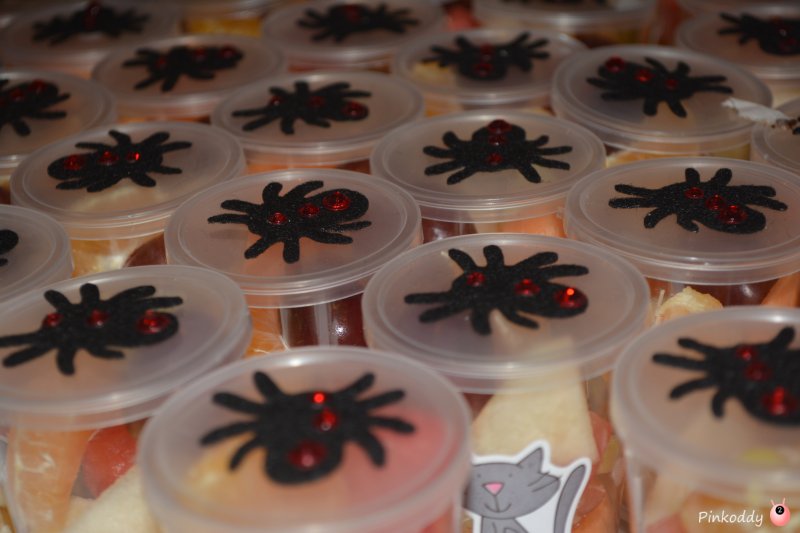
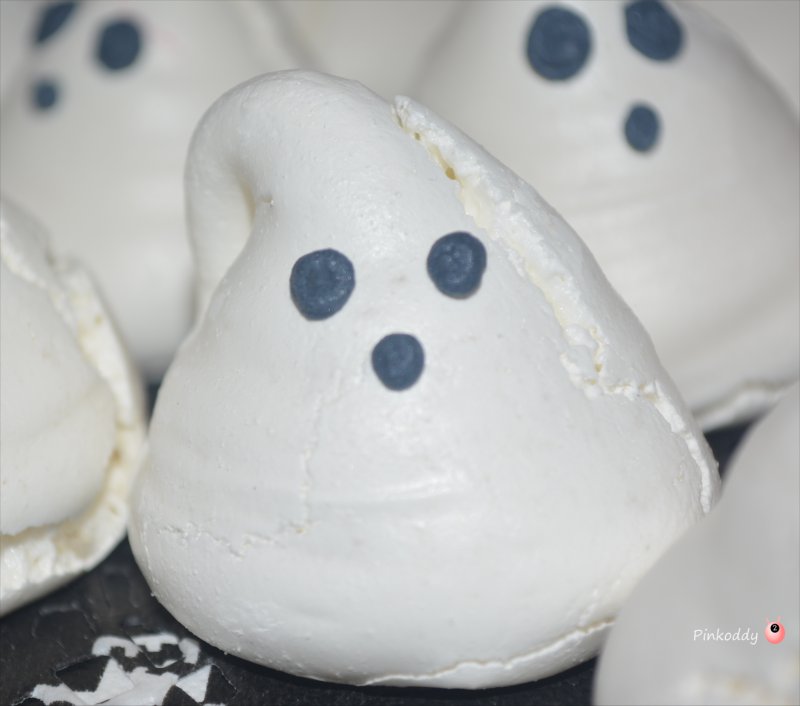
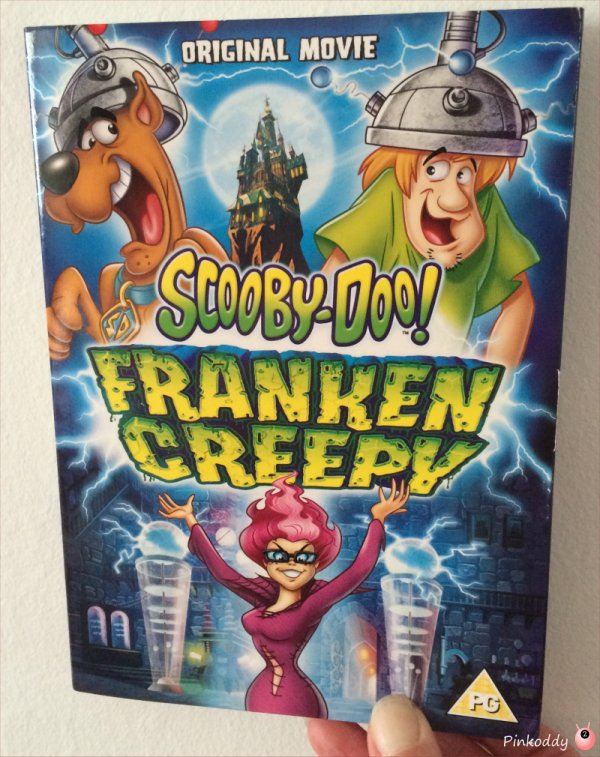
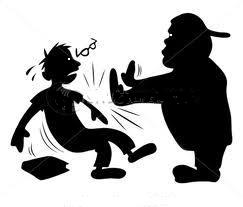
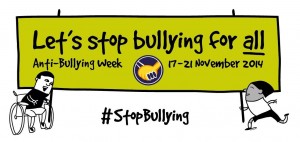
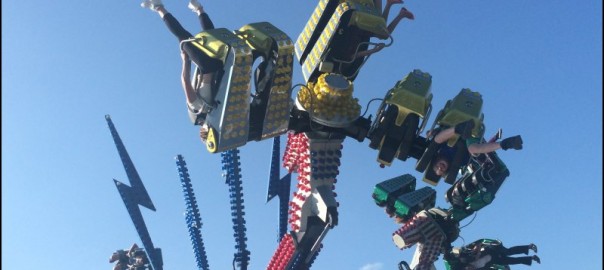
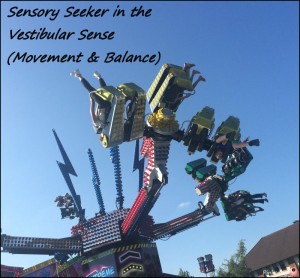
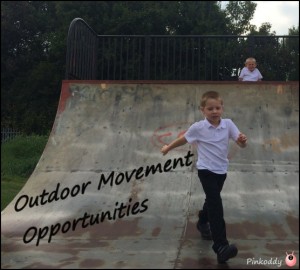
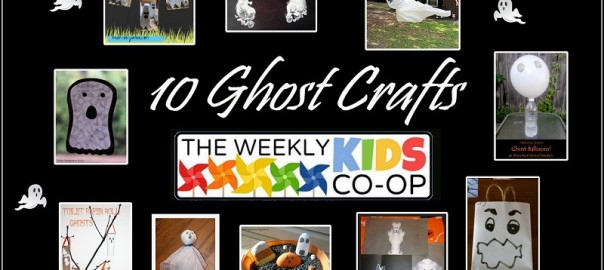
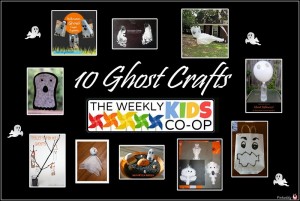


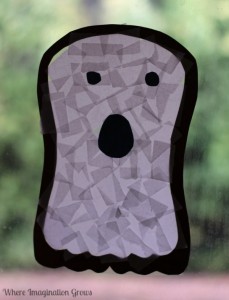
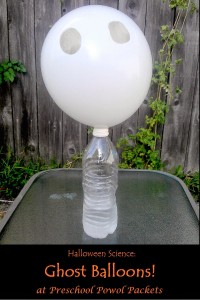
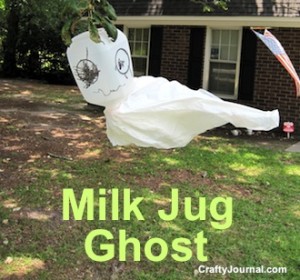
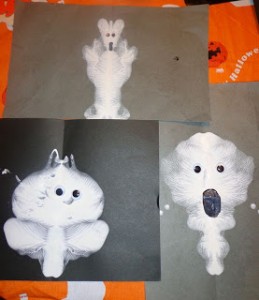
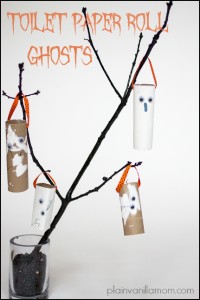
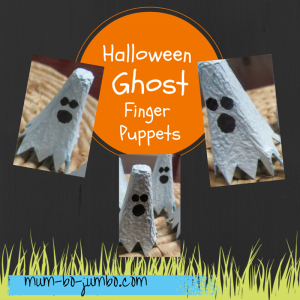
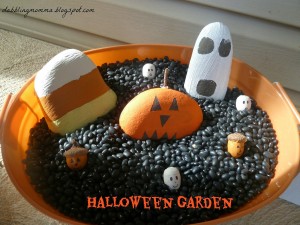
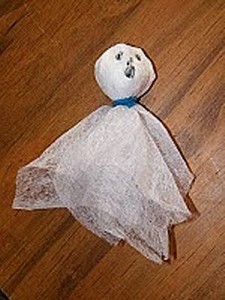
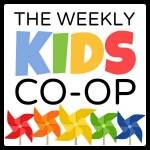
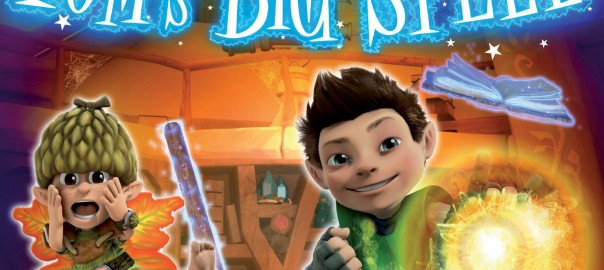
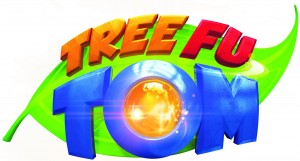
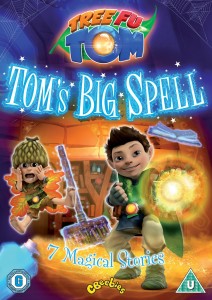 In the DVD Tom is off to the castle for an exciting day at Spell School with Treetog. A drop of Magic Motion Potion brings some familiar objects to life but Tom finds the new spell quite hard to master. A flying book, a naughty broomstick and Zigzoo’s wagon run riot around Treetopolis when they become enchanted. Tom needs you to help him perform Big World Magic to restore calm to Treetopolis.
In the DVD Tom is off to the castle for an exciting day at Spell School with Treetog. A drop of Magic Motion Potion brings some familiar objects to life but Tom finds the new spell quite hard to master. A flying book, a naughty broomstick and Zigzoo’s wagon run riot around Treetopolis when they become enchanted. Tom needs you to help him perform Big World Magic to restore calm to Treetopolis.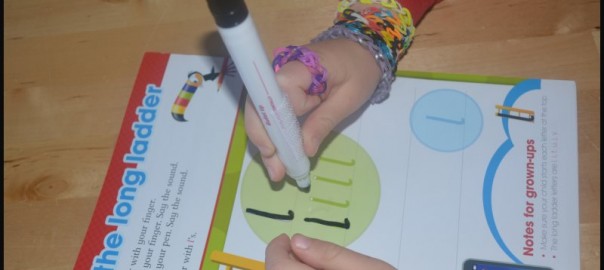
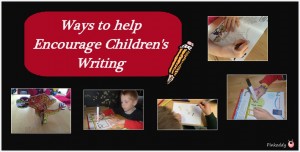
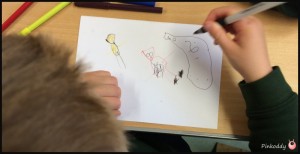
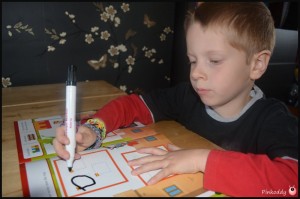 5 Letter Learning Activities with Mega Bloks
5 Letter Learning Activities with Mega Bloks
